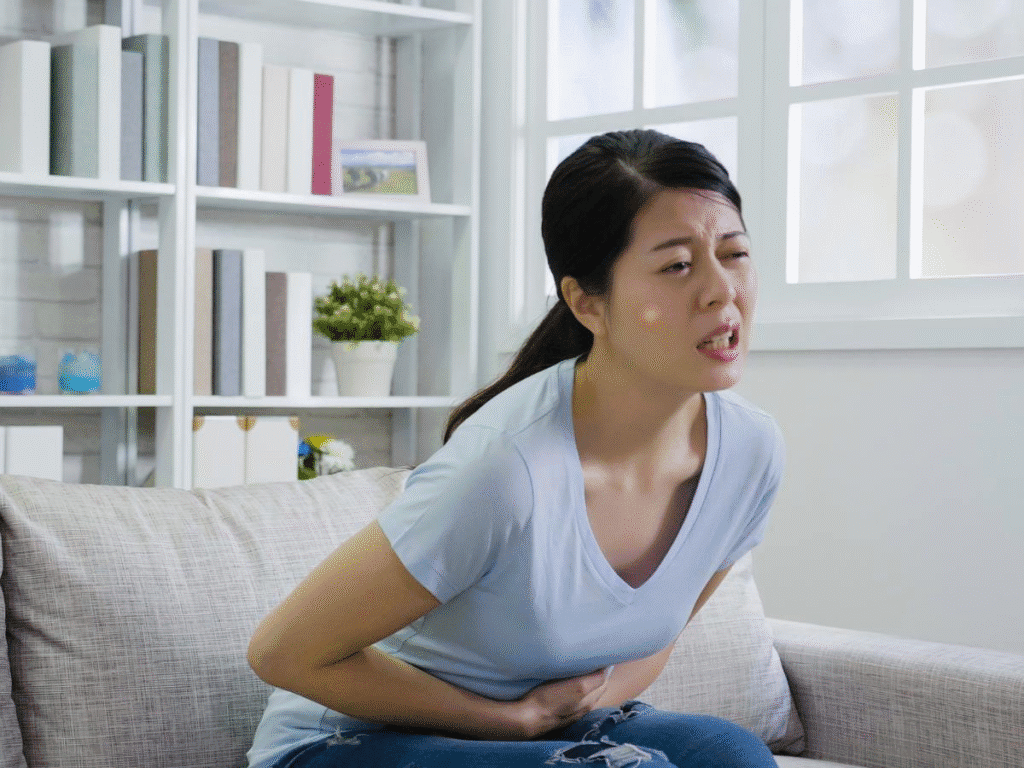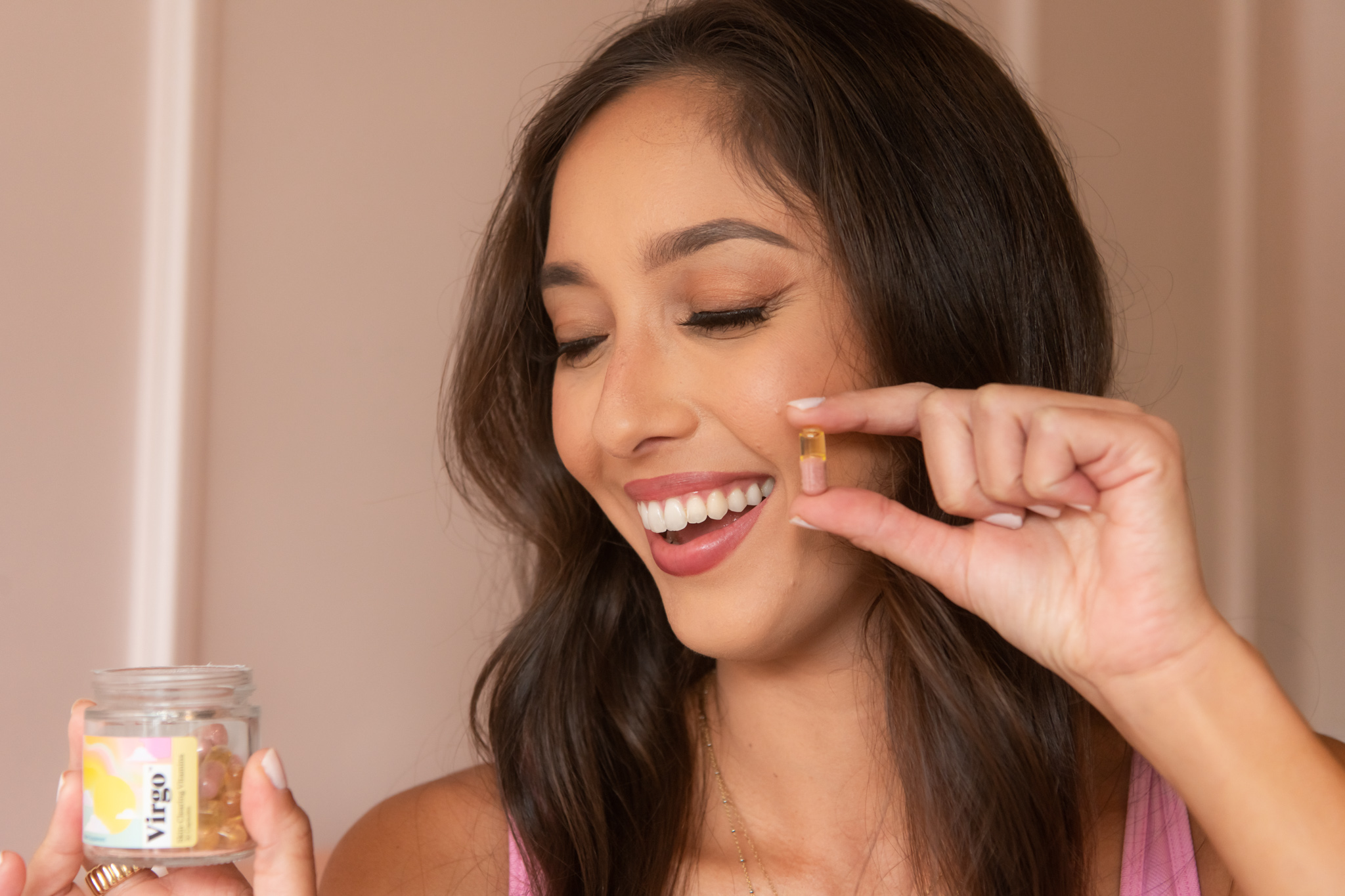This guide offers a comprehensive overview of period-related acne, explaining the causes, treatments, and prevention strategies for managing breakouts during menstruation.
1. Identification: Understanding Period Acne
Period acne is linked to hormonal fluctuations, specifically the drop in estrogen and progesterone before your period. This can trigger sebaceous glands to produce more oil, which clogs pores and leads to breakouts. Period acne typically flares up in the week leading up to your period and tends to improve once your period ends.
Types of Acne:
- Blackheads: Open pores filled with dirt and oil.
- Whiteheads: Blocked pores under the skin.
- Papules: Small, red bumps that are inflamed.
- Pustules: Pimples with a red base and white/yellow top filled with pus.
- Nodules: Large, painful pimples that form deep under the skin.
- Cysts: Deep, painful pimples that are filled with pus and can cause scarring.
2. Causes: Hormones and Sebum Production
Hormonal fluctuations before and during your period can increase sebum production and cause inflammation, leading to breakouts. Stress, another common PMS symptom, may also worsen acne.
3. When Breakouts Continue:

Hormonal changes don’t always stop once your period starts. After your period, testosterone levels can also trigger more sebum production, leading to further breakouts, particularly around the chin and jawline.
Chin Cysts: These are common during periods and are often deep and painful. Avoid popping cysts as this can lead to scarring and more pain.
4. Vulvar Acne:
Period-related acne can occur in the vaginal area as well. Hormonal fluctuations can cause breakouts here, but other factors like friction from pads or irritation from scented products can also contribute.
5. Pain Relief for Breakouts:
For painful deep pimples or cysts:
- Warm compresses: Apply for 10–15 minutes to soothe pain and promote healing.
- Cold compresses: Use for 5–10 minutes to reduce swelling.
- Benzoyl peroxide: Helps kill bacteria and treat breakouts.
6. Treatment for Active Breakouts:
- Gentle Cleansing: Use a mild, nonsoap cleanser (like Cetaphil) twice a day.
- Glycolic acid: Use pads to reduce inflammation and promote skin renewal.
- Benzoyl peroxide: Start with a low concentration (2.5%) for spot treatment.
- Salicylic acid: Helps clear clogged pores.
- Tea Tree Oil: Natural remedy that has antibacterial properties.
7. Prevention Tips:
- Avoid irritating products: Use non-comedogenic sunscreens and makeup.
- Limit sun exposure: Use sunscreen and avoid greasy products.
- Sweat care: Wash your face after exercise or sweating.
- Use acne products as directed: Overuse can lead to irritation.
8. Preparing for Future Breakouts:
- OTC Products: Consistent use of products like benzoyl peroxide, glycolic acid, and salicylic acid can help prevent future breakouts.
- Diet: Limiting high-GI foods like sugary items and processed foods may help manage acne, as they can spike blood sugar and cause inflammation.
9. Prescription Treatments:
If OTC treatments don’t help after three cycles, consult a doctor for prescription options:
- Retinoids: For long-term prevention of acne.
- Birth Control Pills: Can regulate hormones and improve acne.
- Spironolactone: A medication that helps with acne by blocking androgens.
10. When to See a Doctor:
If you experience other symptoms alongside acne, such as irregular periods, excessive hair growth, weight gain, or thinning hair, you might have PCOS (Polycystic Ovary Syndrome), a hormonal condition that affects many people. A doctor can provide a proper diagnosis and treatment options.
Takeaway:
Period acne is a common hormonal issue that can be managed with consistent skincare and lifestyle changes. Over-the-counter treatments are often sufficient, but if acne persists or worsens, prescription medications may be necessary. By being proactive and using the right products, you can minimize breakouts and keep your skin clear during your menstrual cycle.
Alos Read : How to Identify and Repair Your Damaged Skin Barrier



